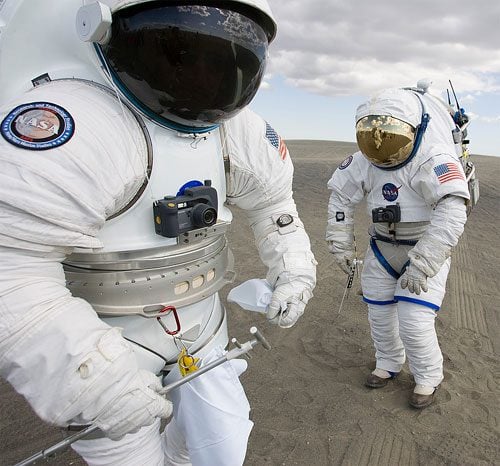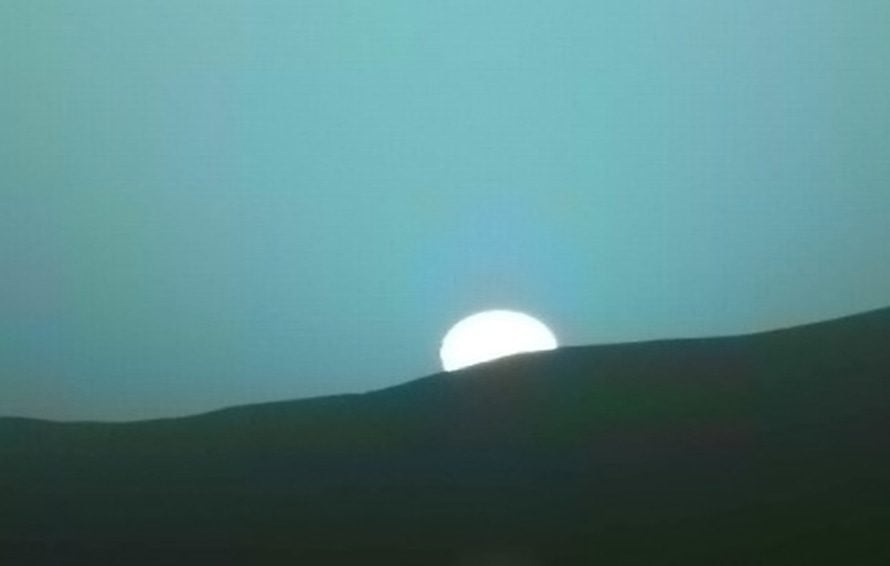8 Amazing Facts About Space
A lot of mystery surrounds the expansive universe and our knowledge of deep space has not even scratched the vast and exp[ansive surface. We will reveal some of the coolest information we do know about that vast darkness out there.
1. No Sound In Space
The medium of sound transmission in space is non-existent because there is no atmosphere. Therefore, silence rules the place.
2. Hottest Planet In The Solar System
With temperatures hovering around 450°C, surely Venus is the hottest planet. What boggles the mind is that Mercury is, of course, closer to the sun than Venus is, but is not the hottest. This is because the temperature is regulated since Mercury has no atmosphere. Therefore, big fluctuations occur.
3. NASA Space Suit Cost

To go to space you need to wear a full spacesuit. This costs a whopping $12 million. Surprisingly, the backpack and control module constitute 70% of that cost. If these 1974 NASA suits were given today’s pricing, they would have cost around $150 million.
4. The Sun’s Mass
It takes about 99.86% of the solar system. The sun has about 330,000 times more mass than that of planet Earth. Made up of hydrogen, the Sun attributes its mass to helium.
5. One Million Earths Fit Inside The Sun
The size of the Sun can squash in about 1.3million Earths. However, 960,000 Earths can fit in the Sun If they are in their spherical shape. That’s how amazingly big the Sun is.
6. Blue Sunset On Mars

According to NASA, sunsets on Mars have a bluish appearance. This is because fine dust creates the blue in the vicinity of the Sun’s part of the sky.
7. A Planet Made Of Diamonds
The 55 Cancri e is known as the “super-earth” and is covered in graphite and diamonds. Moreover, it is twice the size of the earth. Therefore, visiting this planet pays for your $12 million dollar spacesuit.
8. Stars Are More Than Sand
Scientists estimate that there are septillion stars in the universe. This is more than the grains of sand found on earth. Although every single grain of sand can’t be counted, University of Hawaii researchers estimate that there are seven quintillions, five hundred quadrillion grains.
